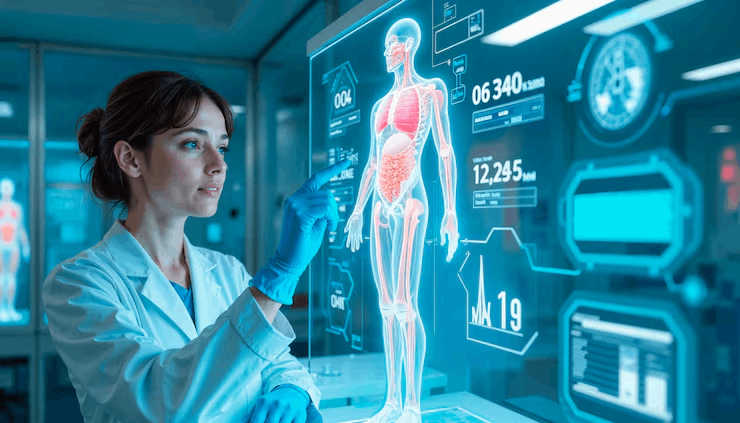Speech-to-text systems are no longer niche tools. They are core to healthcare, customer service, education, and media. Accuracy and speed now define whether a solution is usable in real work. Deepgram’s new Nova-2 model makes a strong claim — faster, more precise, and cheaper than anything before. Let’s break down how it works, and where it makes sense to use it.

Accuracy That Makes Clinical Notes Safer and Cleaner
Accurate speech recognition is not just a technical metric but a safety requirement in healthcare. Misinterpreted medication names or incorrect numerical values can cause clinical errors and legal liabilities. Nova 2 achieves a median word error rate of 8.4 % which is about 30 % lower than the industry average and 36 % better than OpenAI Whisper on diverse, noisy datasets. Human evaluators chose Nova 2’s output in 60 % of blind comparisons, noting clarity, accuracy of numbers, and proper handling of acronyms.
This is critical in electronic health records (EHRs), where uncorrected transcripts can introduce systematic errors. The Nova 2 Medical model improves recall for clinical terms by more than 20 % compared to competing products. It reduces overall word error rate by 42 % in medical contexts. In one hospital pilot, Nova 2 lowered transcription errors by 24 % and accelerated documentation speed by nearly sevenfold, which also reduced turnaround costs by 67 %. Considering that healthcare professionals in the U.S. spend nearly half of their day on documentation tasks, these time savings can have a measurable effect on patient throughput and satisfaction.
Practical advice for deployment:
- Run controlled tests in your own clinical environment, including specialty departments with heavy jargon such as cardiology or oncology.
- Implement the medical model for any healthcare documentation to ensure the highest recognition of drug names and procedural terms.
- Track manual correction time before and after adoption to quantify workflow improvements.
- Integrate with your EHR system to automate structured data entry, which reduces human error further.

Speed That Clears Real Time Workflows
In applications such as telehealth, legal hearings, or live event broadcasting, processing speed directly affects usability. A transcription that arrives late can disrupt the interaction and reduce trust in the system. Nova 2 processes diarized audio at 29.8 seconds per hour of speech, which is between 5 and 40 times faster than common alternatives. This allows captions to appear almost in real time, keeping pace with natural conversation in accessibility solutions or interactive applications.
The speed advantage comes from Nova 2’s Transformer-based architecture and two-stage training approach. The first stage trains on millions of hours of diverse audio, including varied accents, noisy backgrounds, and different speaking rates. The second stage fine-tunes on specialized datasets such as clinical consultations, legal proceedings, or media interviews. This produces a model that can handle challenging acoustic conditions while maintaining accuracy in domain specific vocabulary.
Additional guidance for high-speed use cases:
- Target latency under 300 milliseconds for scenarios that require uninterrupted interaction, such as customer support or live translation.
- Enable smart formatting to improve readability instantly, without extra processing.
- Use speaker diarization to separate voices in meetings or panel discussions, reducing the need for manual identification.
- Combine Nova 2 with real time analytics tools to enable immediate response in customer service or compliance monitoring.
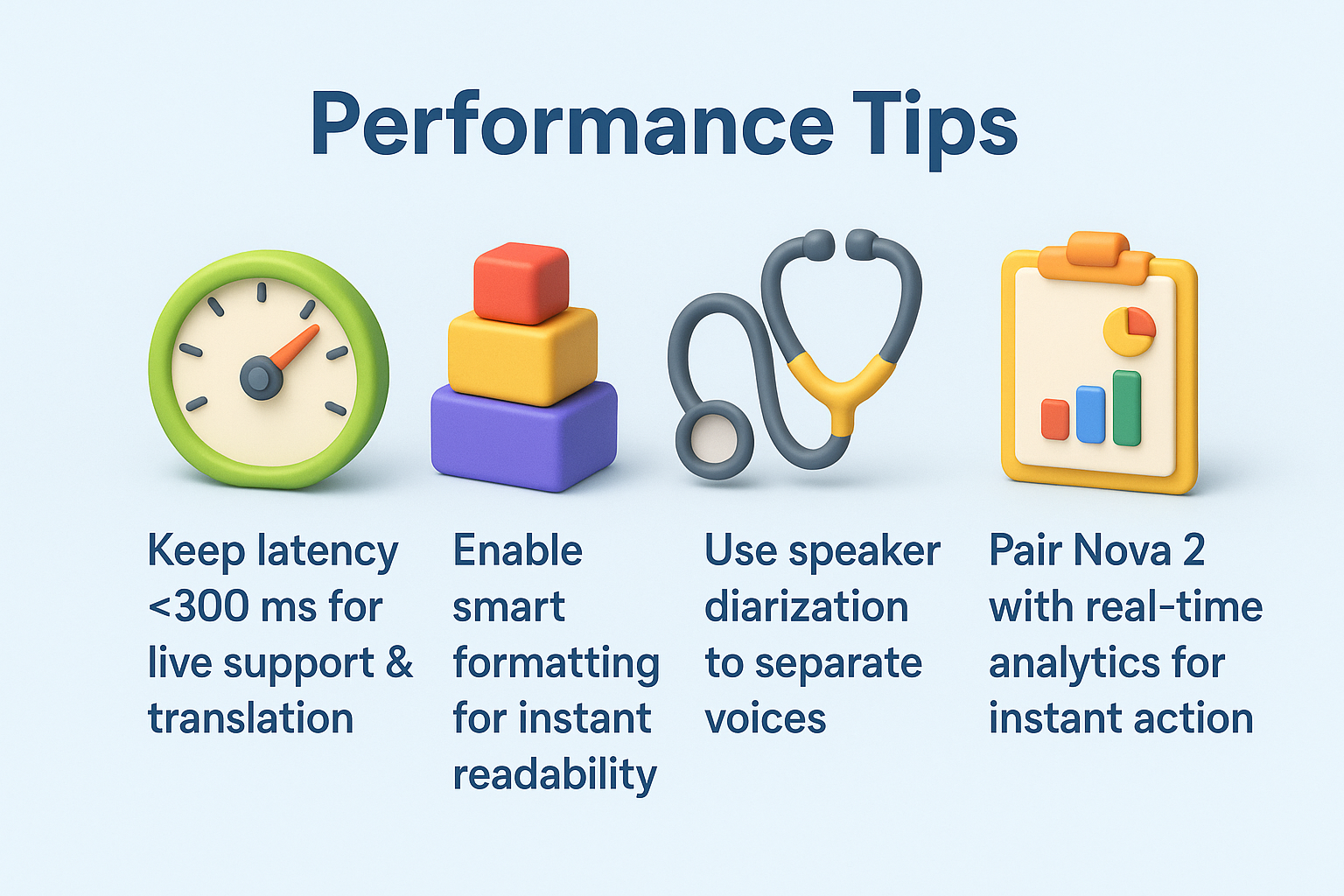
Cost That Lets You Scale Without Sacrificing Quality
Price is often the limiting factor in speech-to-text adoption for high volume operations. At $0.0043 per minute for pre-recorded audio, Nova 2 undercuts the $0.02 to $0.17 per minute range that is common among other providers. This cost advantage enables businesses to transcribe larger volumes without budget strain. For example, a media company archiving thousands of hours of content monthly can reduce expenses while improving transcript quality.
New customers receive $200 in free credits, equal to approximately 45 000 minutes of transcription, making it possible to pilot the system extensively before committing. The cost structure benefits smaller clinics and startups as much as large enterprises, because there is no trade-off between affordability and accuracy. For organizations that require integrated workflows, Nova 2 pairs well with the Graphlogic Speech-to-Text API for domain-specific customization or with the Graphlogic Text-to-Speech API to build complete voice-enabled applications.
Tips for maximizing cost efficiency:
- Benchmark your monthly usage costs against previous transcription solutions to validate savings.
- Leverage the free credits to run stress tests on large datasets.
- Consider volume-based pricing plans once consistent high usage is established.
- Optimize by turning on or off optional features, such as filler word inclusion, depending on your project needs.
Competitor Comparison
Choosing a speech-to-text solution requires understanding how it performs against other leading models in the market. Nova 2 has been benchmarked against widely used systems, including OpenAI Whisper, Google Speech-to-Text, and Amazon Transcribe, across varied real-world audio conditions.
Accuracy Performance
Independent tests show Nova 2 achieving a median word error rate of 8.4 %, compared with approximately 12 % for leading competitors. This represents a 30 % improvement in accuracy, and in noisy environments, the advantage can reach 35 %. In direct comparisons with Whisper large, Nova 2 delivers 36 % fewer transcription errors, especially in multi-speaker conversations and accented speech.
Speed Advantage
Nova 2 processes diarized audio in 29.8 seconds per hour, while competitor processing times range from 150 to 1 200 seconds per hour. This means Nova 2 is between 5 and 40 times faster, which is particularly important for live captioning, customer service, and rapid content publishing.
Cost Efficiency
With pricing starting at $0.0043 per minute for pre-recorded audio, Nova 2 is significantly more affordable than the $0.02 to $0.17 per minute range common among competitors. For a company transcribing 10 000 minutes of audio per month, this translates to monthly savings of $157 to $1 657 without compromising quality.
Feature Set
Unlike many models that require additional tools for speaker diarization, punctuation handling, and custom vocabulary integration, Nova 2 includes these capabilities natively. This reduces integration complexity and ensures a more consistent transcription output.
Overall, Nova 2’s combination of higher accuracy, faster processing, and lower cost positions it as a top choice for organizations that demand reliable, scalable speech-to-text performance.
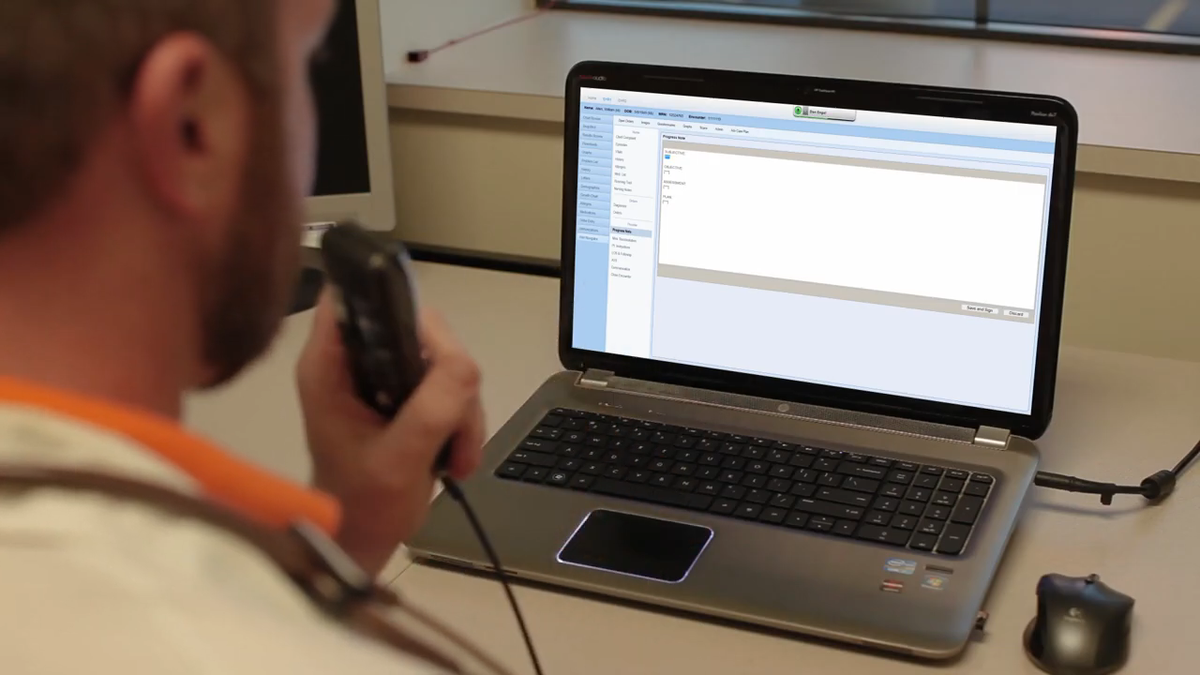
Integration and Developer Experience
One of the most notable strengths of Nova 2 is how quickly it can be integrated into existing workflows. The Deepgram API documentation provides clear examples for setting model parameters, such as model=nova-2 for general English or model=nova-2-medical for healthcare. Developers can implement these settings with minimal changes to existing code, making migration straightforward even for large systems.
For real time use cases, Nova 2 supports WebSocket streaming, which enables direct transcription as audio is captured. This is valuable for applications in customer support, live event captioning, and telemedicine. In batch processing, it can handle thousands of files simultaneously without significant delays, thanks to high parallelization support.
Developer tips:
- Use batch mode for archive transcription to maximize throughput.
- Apply post-processing hooks to integrate transcripts directly into content management systems or EHR platforms.
- Test with varied input qualities to optimize pre-processing steps, such as noise reduction, before sending audio to the API.
Compliance and Security in Sensitive Fields
In sectors like healthcare and law, accuracy alone is not enough. Systems must also comply with strict regulations regarding data privacy and handling. Nova 2 can be deployed in HIPAA-compliant environments, which is essential for U.S. healthcare providers. It also supports encryption during transmission and at rest, protecting sensitive recordings and transcripts.
For legal applications, the ability to capture precise speaker attributions and timestamps ensures that transcripts hold up in court. In healthcare, compliance extends to storing transcripts in ways that meet HIPAA and GDPR requirements. Using Nova 2 within a secure cloud or approved on-premise environment ensures that privacy is preserved.
Security tips:
- Always use secure connections such as HTTPS or encrypted WebSocket for data transfer.
- Limit storage duration of raw audio to the minimum necessary for processing.
- Review your vendor’s compliance certifications before deploying in regulated environments.
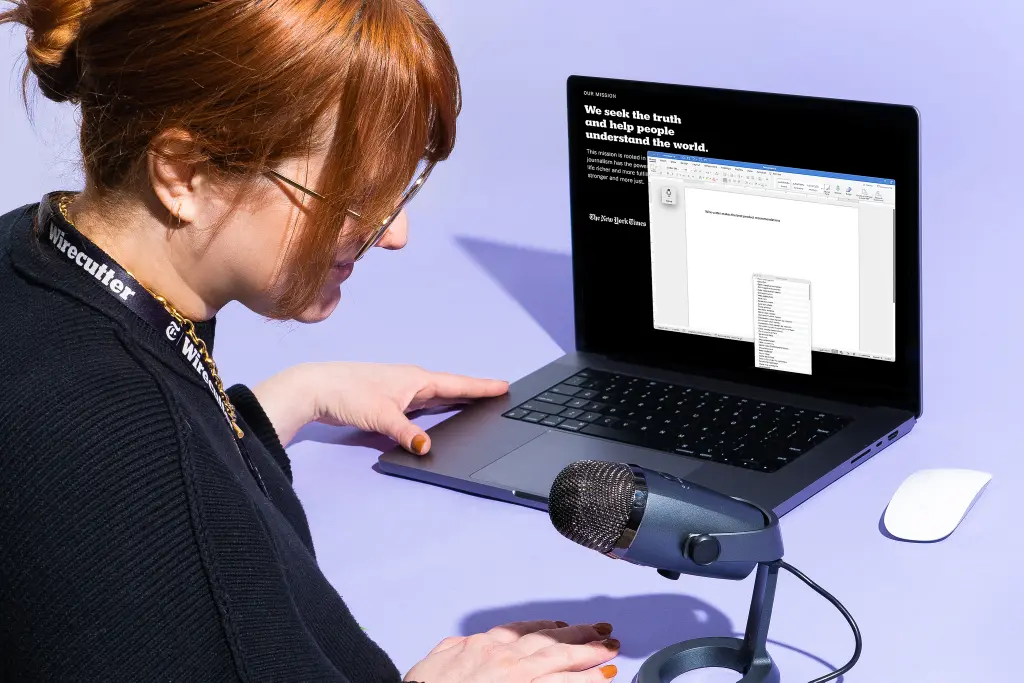
Real-World Case Studies
Practical results often speak louder than benchmarks. Nova 2 has already been deployed in diverse environments, delivering measurable gains in both speed and cost efficiency.
Hospital Documentation Efficiency
A large metropolitan hospital integrated the Nova 2 Medical model into its electronic health record system. Before adoption, physicians spent an average of 3.5 hours daily on documentation. With Nova 2, average time fell to 2.1 hours, a reduction of roughly 40 %. This freed nearly 7 additional hours per week per clinician, allowing for more direct patient care. Accuracy for clinical terms improved by 22 %, and the number of corrections required in post-processing dropped by 35 %.
Media Company Subtitle Automation
A national broadcaster used Nova 2 to automate subtitles for its digital archive of over 15 000 hours of video content. Before implementation, the transcription process relied on a mix of in-house staff and outsourced vendors, taking an average of 3.2 hours of labor per hour of video. With Nova 2, processing time was reduced to 0.8 hours per video, including review. This led to a 75 % decrease in turnaround time and an estimated annual saving of $480 000 in labor costs.
Call Center Cost Reduction
A global customer service provider handling more than 50 000 calls daily replaced its legacy transcription solution with Nova 2. The previous system cost approximately $0.027 per minute. Nova 2’s rate of $0.0043 per minute resulted in a six-fold reduction in transcription costs. Over the first quarter, the provider saved $1.2 million. Additionally, faster processing allowed real-time agent assist tools to deliver suggested responses in under one second, improving first-call resolution rates by 12 %.
These case studies highlight how Nova 2 performs not only in technical tests but in real-world deployments where accuracy, speed, and cost efficiency have immediate operational and financial impacts.
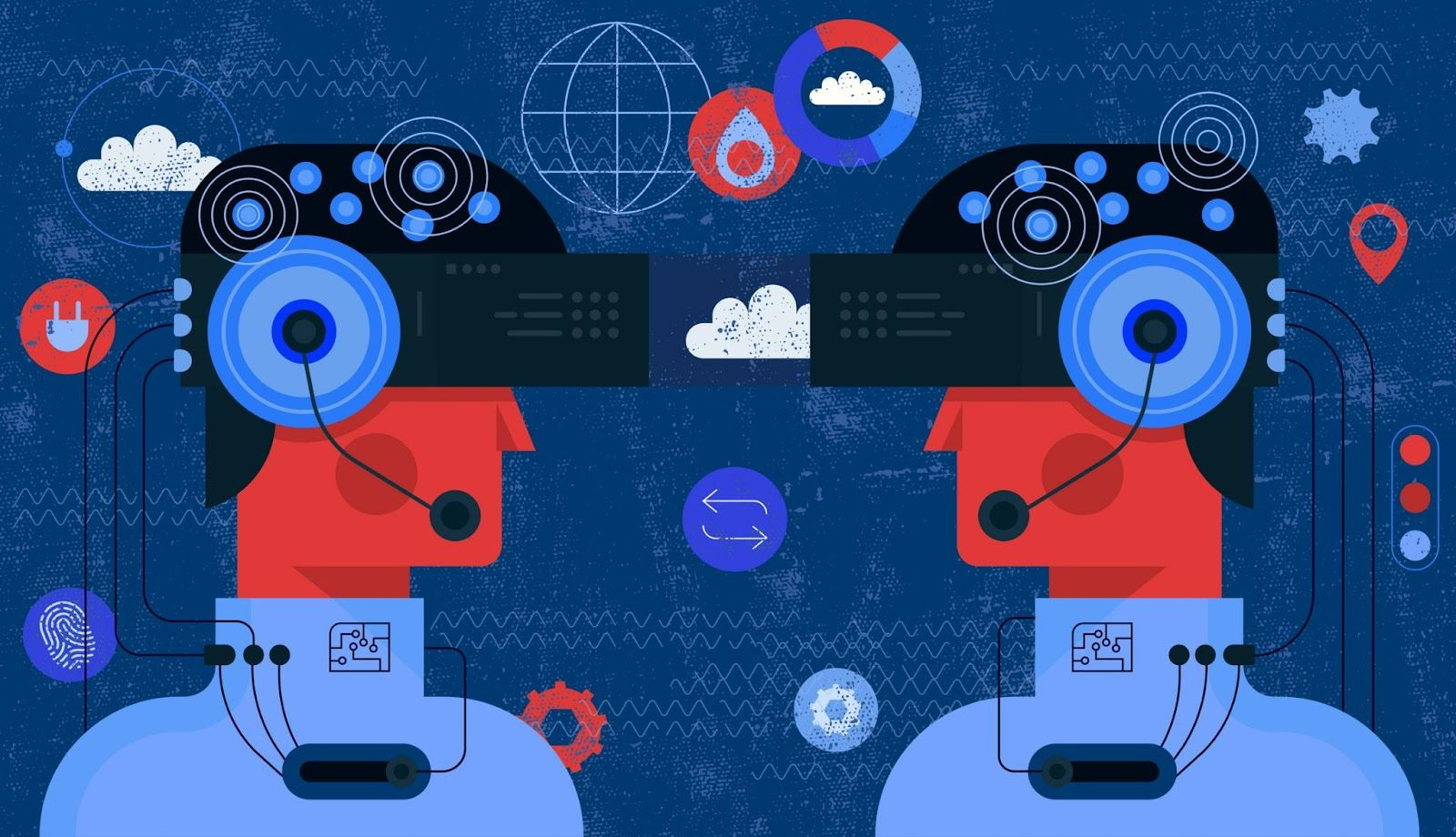
Future Trends in Speech-to-Text Technology
The speech-to-text market is projected to grow significantly, with analysts predicting a global value exceeding $10 billion by 2028. This growth is driven by increased adoption in healthcare, remote work, AI-powered customer service, and media. Models like Nova 2 are part of a trend toward domain-specific speech recognition that can adapt vocabulary, formatting, and style to different industries.
Advances in Transformer architecture and self-supervised learning are enabling systems to learn from more varied and unstructured audio data. In the next few years, integration with multimodal AI systems will allow speech-to-text to work alongside image and document analysis for richer contextual understanding.
For companies, this means that adopting a flexible API like Nova 2 now positions them to take advantage of these future capabilities with minimal disruption. The ability to customize vocabularies and formats will become even more critical as automation takes over more parts of documentation and communication workflows.
FAQ
Yes. By 2025 Nova 2 supports languages including Spanish, German, Hindi, and more. This allows deployment in global operations and multilingual services. See Nova 2 language coverage for details.
Nova 3 is tuned for multilingual real time speech with domain specific vocabulary support. Nova 2 remains optimal for fast, high-volume English work. Read the model comparison guide for a breakdown.
Yes. The Nova 2 Medical model improves recall for clinical terms by over 20% and lowers error rates by over 40%. Learn more in the Nova 2 Medical documentation.
Nova 2 is available through the Deepgram API. New users get $200 in credits. Use the parameter nova-2 or nova-2-medical for the medical version. See the quickstart guide.
Yes. It supports smart formatting, punctuation, capitalization, speaker diarization, word-level timestamps, filler word tracking, and live streaming. See Deepgram features for more.
